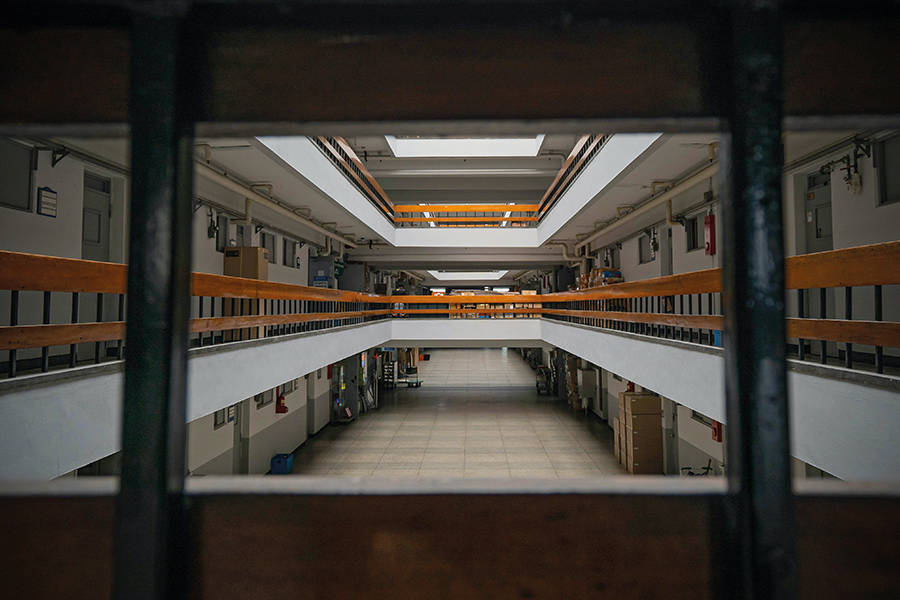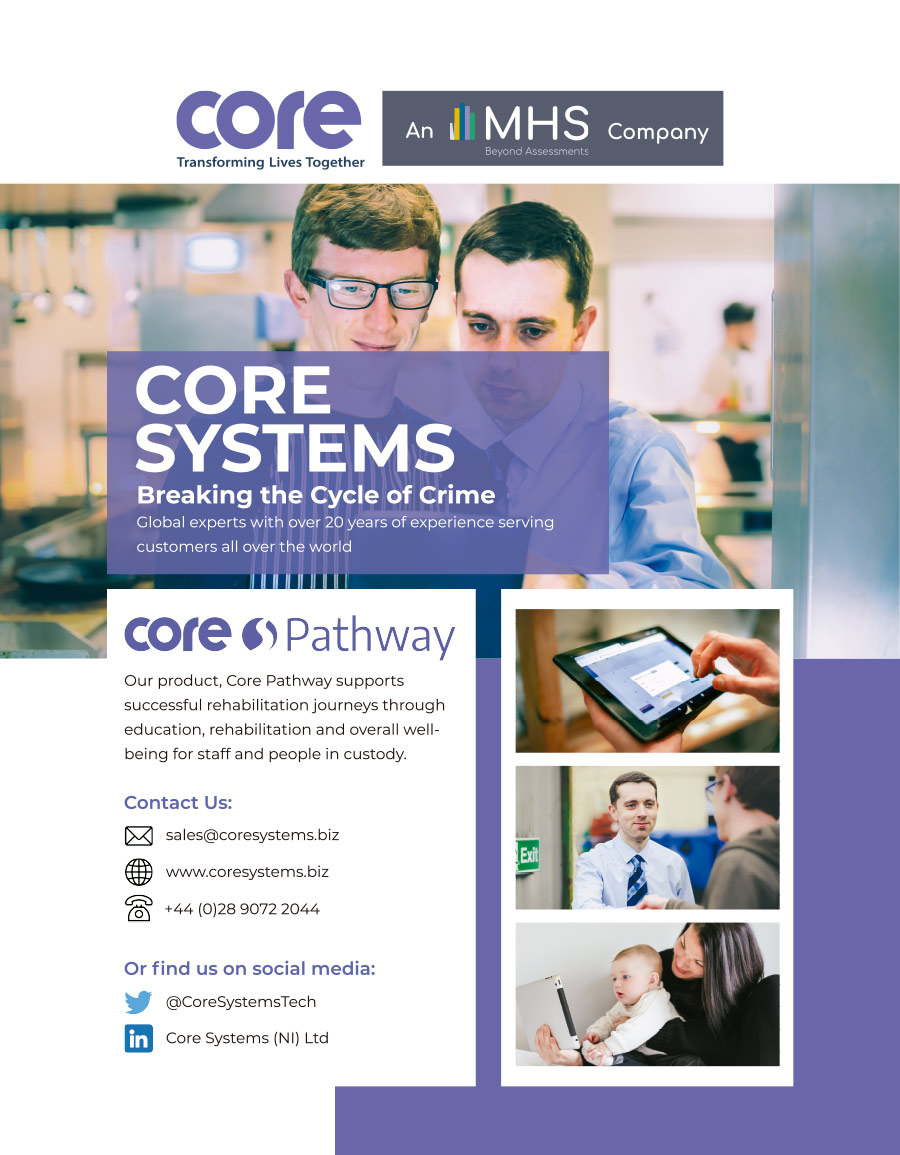Article
Sir Tim Purcell
In today’s world, the confluence of radicalisation, violent extremism, and organised crime poses a significant challenge to the security and stability of societies. Among the critical arenas where these threats converge is within correctional institutions.
Prisons, designed to rehabilitate and reintegrate people into society, often inadvertently become breeding grounds for radical ideologies, extremist beliefs, and criminal networks. In this article, I will delve into the complex interplay of radicalisation, violent extremism, and organised crime within prisons and discuss multifaceted strategies to prevent and counter these threats.
Understanding Radicalisation and Violent Extremism in Prisons
Radicalisation within prisons refers to the process by which individuals adopt extreme ideologies, often driven by political, religious, or social grievances. This process can lead to embracing violent extremism, which entails advocating or using violence to achieve ideological objectives. The unique environment of prisons, characterised by social isolation, a captive audience, and potential grievances, can facilitate the spread of radical ideologies. Moreover, the social dynamics within correctional facilities can amplify the allure of belonging to a radical group.
Organised Crime Networks in Prisons
In addition to radicalisation and violent extremism, prisons provide fertile ground for organised crime networks to flourish. Imprisoned individuals with preexisting criminal ties can use their time behind bars to expand their networks and establish new connections. These networks often extend beyond prison walls and can facilitate various illegal activities, including drug trafficking, money laundering, and extortion.
Multifaceted Prevention Strategies
Addressing the complex challenges of radicalisation, violent extremism, and organised crime in prisons demands a multifaceted approach that combines security measures, psychological interventions, and educational programs.
1. Intelligence and Security Measures: Prisons must implement robust intelligence-gathering mechanisms to identify and monitor individuals susceptible to radicalisation and those involved in criminal networks. This entails effective information sharing among correctional staff, law enforcement agencies, and intelligence services. Regular searches for contraband materials, such as extremist literature and communication devices, can help disrupt the dissemination of radical ideologies and criminal plans.
2. Psychological Interventions: Psychological counselling and interventions can be crucial in addressing the factors that make prisoners susceptible to radicalisation. Programs focused on anger management, emotional resilience, and critical thinking skills can empower individuals to resist extremist influences. A study by Borum (2011) emphasises the significance of addressing individual grievances and providing a sense of purpose as preventive measures against radicalisation.
3. Education and Rehabilitation: Equipping prisoners with education and vocational training opportunities can significantly reduce the appeal of radical ideologies and criminal networks. Educational programs encouraging critical thinking, promoting tolerance, and offering job skills can enhance prisoners’ prospects for successful reintegration into society upon release. By fostering a sense of hope and opportunity, these programs can counter the allure of extremist groups.
4. Religious Counselling: Religion can be a source of support and vulnerability within prisons. Religious counselling provided by qualified and moderate religious leaders can guide prisoners toward interpretations of faith that reject extremist ideologies. Such counselling can help prisoners find spiritual fulfilment without resorting to violence.
5. Deradicalisation Programs: Specialised deradicalisation programs, conducted by trained professionals, can challenge extremist beliefs and facilitate cognitive restructuring. These programs aim to debunk misconceptions, promote critical thinking, and provide alternative narratives to extremist ideologies.
6. Social Reintegration: Planning for prisoners’ reintegration into society begins during their time in prison. Collaborating with community organisations and social workers to ensure a smooth transition can reduce the likelihood of reoffending and radicalisation after release.
7. Tech-Driven De-Radicalisation Strategies: Modern technology offers tools that can significantly enhance de-radicalisation efforts within prison settings. Software solutions designed around real-world experience can help digitise education programmes and social connections to aid deradicalisation and disengagement:
• Customised Rehabilitation
• Cognitive-Behavioural Therapy Apps
• Online Support Communities
• Connectivity to Family/Support Network
• Digital Storytelling
Conclusion
Only through a concerted effort can we hope to break the cycle of radicalisation and crime, contributing to a safer and more secure society for all.
References
McCauley, C., & Moskalenko, S. (2011). Mechanisms of Political Radicalisation: Pathways Toward Terrorism. Terrorism and Political Violence, 20(3), 415-433.
Borum, R. (2011). Radicalisation into Violent Extremism I: A Review of Social Science Theories. Journal of Strategic Security, 4(4), 7-36.

Sir Tim Purcell is Core Systems’ Head of Australasia and has over 30 years of international corporate experience in business management, software development, security systems and operational solutions consulting and implementation. He has been working to deliver prisoner and operational solutions in Australia’s largest prisons in recent years. Tim is driven by a focus on improving outcomes for all stakeholders, particularly to achieve outcomes for prisoners during their incarceration and their return to the community to reduce recidivism. His experience building and working with prison operators gives him a unique set of skills that gives him a unique perspective in achieving tangible outcomes.



